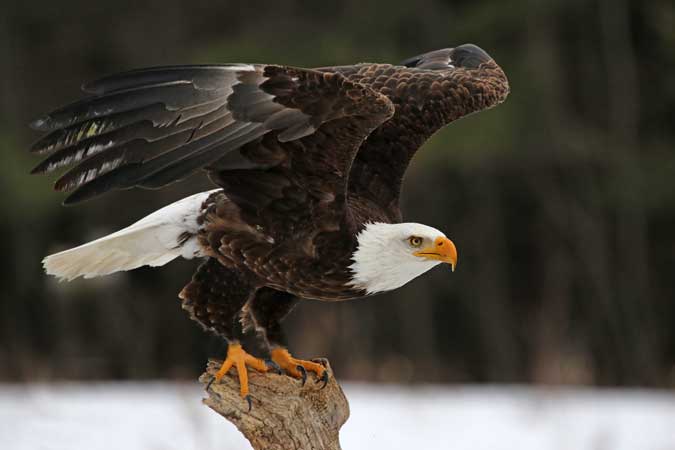The New York Institute of Photography is one of the world’s largest photography schools and because we are, we often publish fun and useful photography tips on our photography blog. Please enjoy!

Patience
1) If you want to be a better bird photographer, work on developing your patience. Every creature has their own unique patterns and behavior. As you observe these movements, try to predict what will happen next. This may involve staying still for 30-60 minutes with one bird to catch something interesting. Remain very quiet and avoid any fast movements or startling sounds.
Focus on the Eyes
2) If the eyes of your bird are soft, the entire image suffers. As such, it’s imperative to put the active focus point on, or near the eyes. Should the subject be largely still, there is enough time to select from the various focus points in the viewfinder. For those high speed situations however, it’s often best to simply center the subject. While composition is certainly an important consideration, wildlife rarely offers much time to perfect the frame in the field. The main goal is the capture a sharp photo so you can fine tune the image with a crop later on.
The Right Time of Day
3) At high noon, exposures can be tricky due to the harsh contrasty light. This is particularly challenging for creatures with white feathers. A better alternative for nature photographers is to head out early in the morning. Not only is the light beautiful, but the animals are searching for food. Since they’re not paying attention to you, it’s easier to capture them in their natural element.
Choose a Clean Background
4) When photographing birds, remember the famous Beatles lyric, “I’m looking through you…” This is a reminder that the area behind the subject is nearly as important as the main attraction. You’re not only studying the bird, but you are evaluating the overall scene for potential distractions. Fences, thick brush, unsightly poles and boardwalks can all ruin an otherwise great moment. To further accentuate the look of a “clean” background, use the lens at its widest aperture. Sometimes, improvements are found by simply adjusting your angle. Move left and right, or try getting up high or lying down. A better background will make a massive impact.
Want to learn more? NYIP offers accredited photography courses online that can help you improve your hobby or start a new career. Request your free course catalog today!






